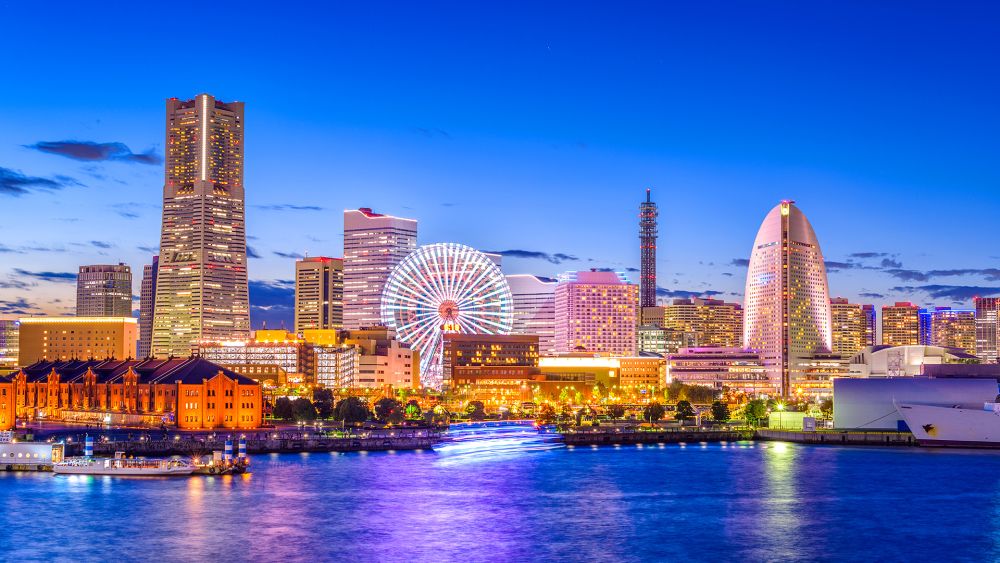

Yokohama is Japan's second-largest city, boasting a rich heritage and a vibrant cultural scene. As a port city, Yokohama has played a critical role in the history of Japanese tourism. The opening of its port in 1859 marked a pivotal moment, establishing Yokohama as a gateway to Japan for international visitors and trade. The presence of foreign settlers quickly led to the blending of cultures, making the city a tapecontiousof cosmopolitanism and tradition.
Tourism in Yokohama began to flourish after the Meiji Restoration in 1868, as Western influence grew and Japan embarked on a period of rapid modernization. The introduction of railways in the 19th century connected Yokohama to other parts of Japan, facilitating travel and commerce. The famed Yokohama Bund, a waterfront area, became synonymous with its exotic landscapes and sophisticated urban life.
Over the years, several attractions have bolstered Yokohama's tourism. The opening of Yokohama Zoological Gardens in 1871 and the establishment of Yokohama Park in 1876 provided recreational spaces that offered citizens and travelers alike a respite from urban life. The historic Sankeien Garden, which opened to the public in 1906, showcases traditional Japanese architecture and garden design, drawing cultural enthusiasts from around the world.
In recent decades, Yokohama has developed cutting-edge infrastructure to support its burgeoning tourism industry. Landmark projects such as the Minato Mirai 21 area—with attractions like the iconic Yokohama Landmark Tower, Yokohama Cosmo World, and the Cupnoodles Museum—have reinvented the city's skyline and added to its allure.
Yokohama has also been host to several significant international events, which have greatly contributed to its tourism profile. The Yokohama Exotic Showcase in 1989 and the subsequent Yokohama Exotic Showcase in 1994 played an integral role in enhancing the city's global image. Yokohama's Pacifico Convention Plaza has been a hotbed for international conferences and summits, further promoting the city as a global destination.
The latest trend in Yokohama tourism is the focus on sustainable and experiential travel. With the Yokohama Strategy for the Future of Tourism, the city aims to create a sustainable tourism ecosystem that preserves its cultural assets while promoting economic growth. There is an emphasis on creating immersive experiences for tourists, such as personalized tours, local cuisine tastings, and engagement with traditional arts and crafts.
Revitalization efforts have transformed historical areas like the Red Brick Warehouse and Yokohama Chinatown into bustling hubs where modern amenities meet historical charm. Furthermore, Yokohama's push towards digitalization in tourism has made travel planning more accessible, with various online platforms offering virtual tours and detailed visitor information. This digital frontier continues to open up new avenues for potential tourists to experience the city even before they set foot in it.
Yokohama's evolution into a premier tourism destination is a testament to its ability to embrace change while preserving its unique cultural heritage. From its early days as an open port to its current status as a cosmopolitan hub, Yokohama continues to captivate the hearts of travelers seeking a multifaceted urban experience grounded in history and tradition.